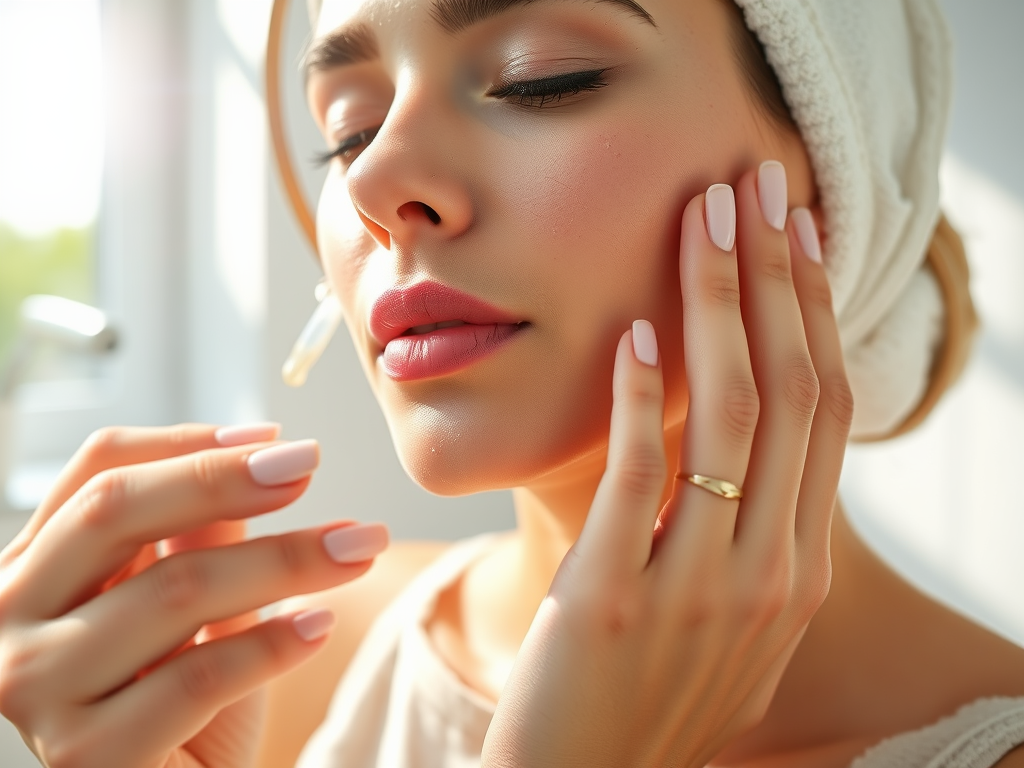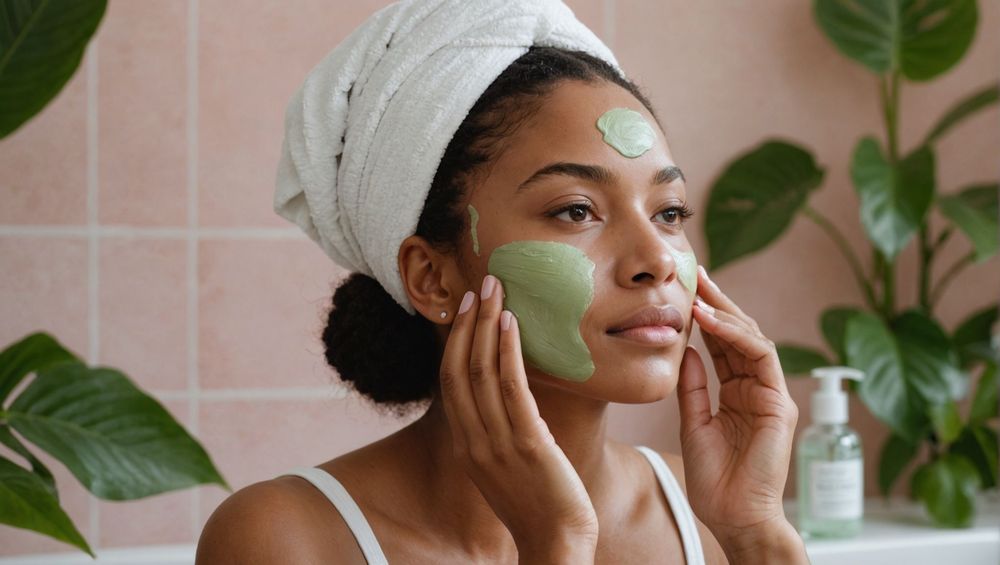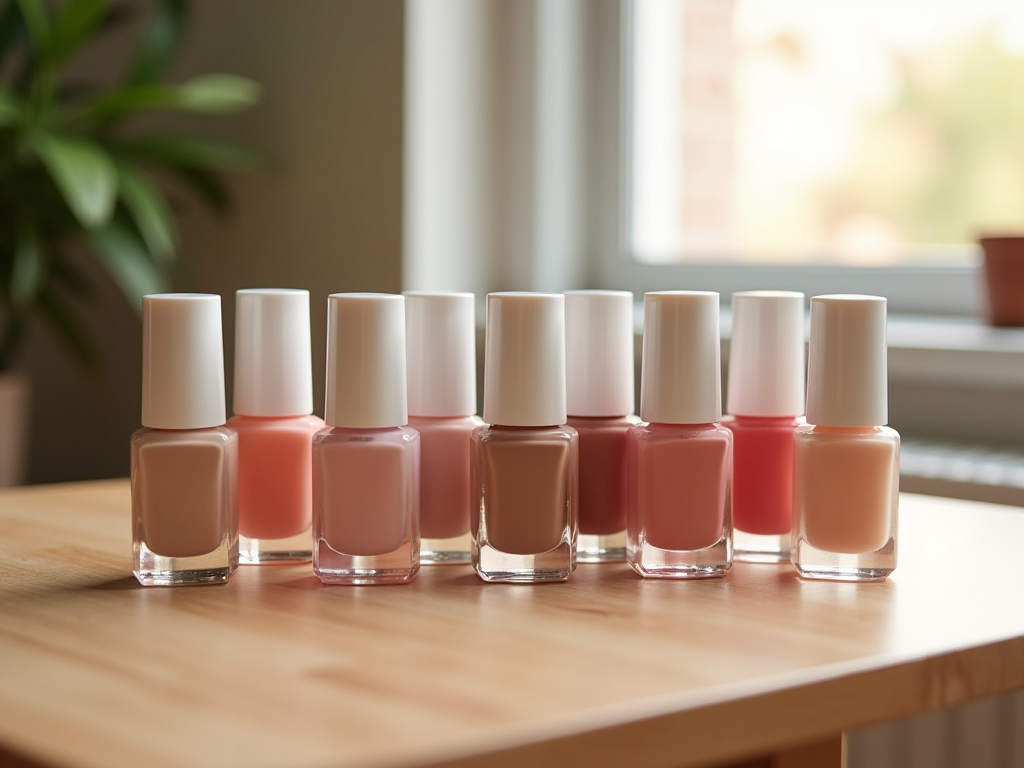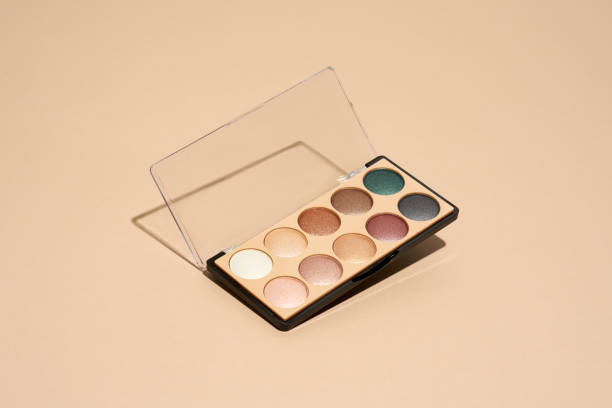In the ever-evolving world of skincare, the combination of hyaluronic acid and retinol has emerged as a topic of discussion amongst beauty enthusiasts and professionals alike. Both ingredients possess unique properties that can significantly enhance the skin’s appearance, making the query about their compatibility worth exploring. While retinol is well-known for its ability to promote cell turnover and combat signs of aging, hyaluronic acid stands out as a hydrating agent that can plump the skin. But how do these two powerhouses coexist in a skincare routine? Let’s delve into the science and practical tips for layering these effective ingredients.
Understanding the interaction between such potent ingredients is key to maximizing their benefits while minimizing potential side effects. The question many users ask is not just if they can be used together, but how one should layer these products to reap the best results. Poor layering can lead to irritation rather than the glow one hopes to achieve. Therefore, exploring the mechanics behind hyaluronic acid and retinol is essential for anyone serious about their skincare regimen.
Understanding Hyaluronic Acid and Retinol
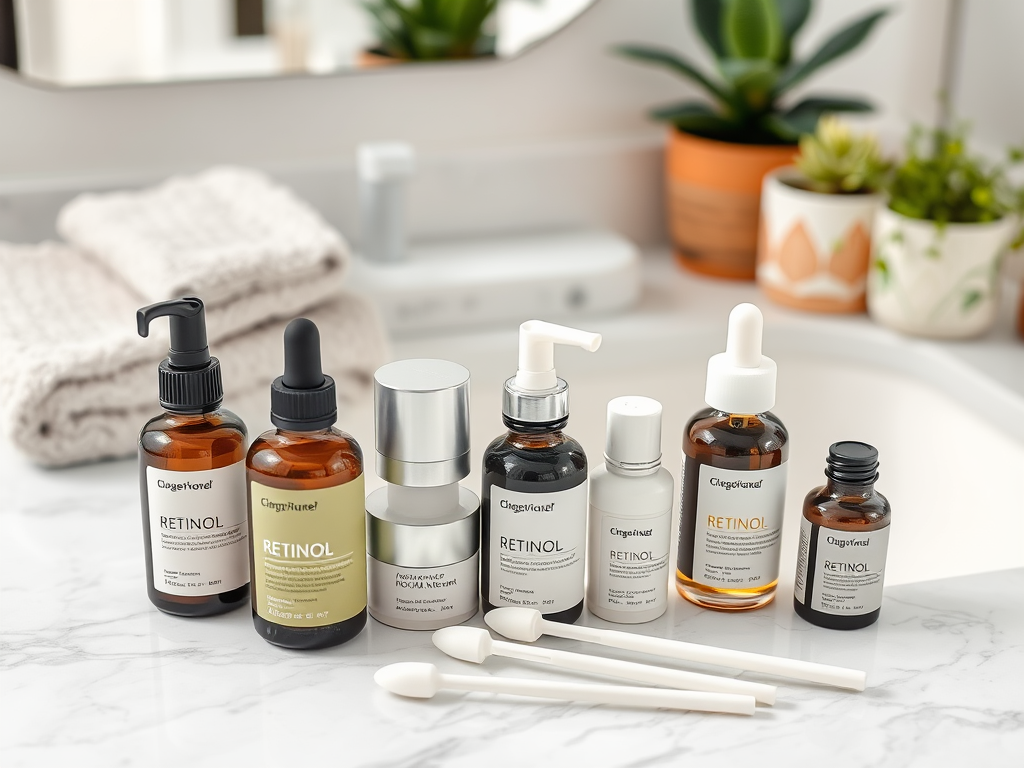
Hyaluronic acid is a naturally occurring substance in the body known for its remarkable ability to attract and retain moisture. This ingredient can hold up to 1,000 times its weight in water, making it a go-to solution for hydrating skin. Retinol, on the other hand, is a derivative of vitamin A that speeds up skin cell turnover, helping to reduce the appearance of fine lines and pores while promoting an even skin tone. Understanding these roles is critical, particularly for those with specific skin concerns.
Combining hydration from hyaluronic acid with the cell-regulating effects of retinol can be incredibly effective. For example, those dealing with dryness or sensitivity may find that the hydrating properties of hyaluronic acid provide a buffer against potential retinol irritation. Additionally, the hydrating element can further enhance the skin’s overall texture, creating a smoother canvas.
Benefits of Layering Hyaluronic Acid over Retinol

Layering hyaluronic acid over retinol has various benefits. Here are some key points to consider:
- Enhanced Hydration: Hyaluronic acid’s hydrating properties can help alleviate dryness that may result from retinol use.
- Reduced Irritation: For those new to retinol, applying hyaluronic acid can buffer against irritation and redness.
- Improved Absorption: Using hyaluronic acid on moist skin can facilitate better absorption of both products.
| Ingredient | Primary Benefit | Best Used For |
|---|---|---|
| Hyaluronic Acid | Hydration | Dehydrated skin |
| Retinol | Anti-Aging | Fine lines, uneven texture |
When incorporating hyaluronic acid over retinol into your skincare routine, understanding the timing and application steps is essential. Following the correct order can amplify the positive effects and lessen any negative responses your skin might experience.
How to Properly Layer Hyaluronic Acid and Retinol
The right application technique can drastically affect the outcome of your skincare routine. Start by preparing your skin properly with the steps below:
- Cleanse Your Skin: Begin with a gentle cleanser to remove impurities and dirt.
- Pat Dry: Ensure your skin is slightly damp, as this will help your hyaluronic acid absorb better.
Next, apply the products in their appropriate sequence:
- Apply Retinol: Use a pea-sized amount of retinol, focusing on areas that need attention.
- Follow with Hyaluronic Acid: Once the retinol is absorbed, layer on a hyaluronic acid serum to lock in moisture.
Finally, consider these tips to optimize results:
- Start Slowly: If new to retinol, begin with a lower concentration and gradually increase.
- Use at Night: Apply retinol in the evening to take advantage of the skin’s natural repair cycle.
- Incorporate Moisturizer: Seal in moisture by applying a suitable moisturizer over hyaluronic acid.
Potential Side Effects and Considerations
While the combination can be beneficial, it’s vital to remain aware of possible side effects. Some individuals may experience redness or dryness when first introducing retinol. If irritation occurs, consider adjusting your routine. Perhaps reducing the frequency of retinol application or applying a thicker layer of hyaluronic acid can help alleviate discomfort. Consultation with a dermatologist can provide personalized recommendations.
Conclusion
Integrating hyaluronic acid and retinol into your skincare routine may be the secret to achieving hydrated, youthful-looking skin. With the right layering techniques and attention to your skin’s needs, you can maximize the benefits of these powerful ingredients. By balancing hydration and promoting cell turnover, you can create a glowing complexion that endures.
Frequently Asked Questions
- Can I use retinol every day? It’s best to start with a few times a week and gradually increase frequency, depending on your skin’s tolerance.
- What should I do if my skin feels irritated after using retinol? If irritation occurs, consider reducing the frequency of use, applying hyaluronic acid more liberally, or consulting a dermatologist.
- Is it necessary to use a moisturizer after hyaluronic acid? Yes, applying a moisturizer can enhance hydration and prevent your skin from becoming too dry.
- Can I layer other products over hyaluronic acid? Yes, layering other serums or creams is possible, but ensure they complement your skin’s needs.
- Is there a certain order to follow when applying skincare products? Yes, generally, the order should be from thinnest to thickest: cleanser, toner, serums (like hyaluronic acid and retinol), and then moisturizer.
